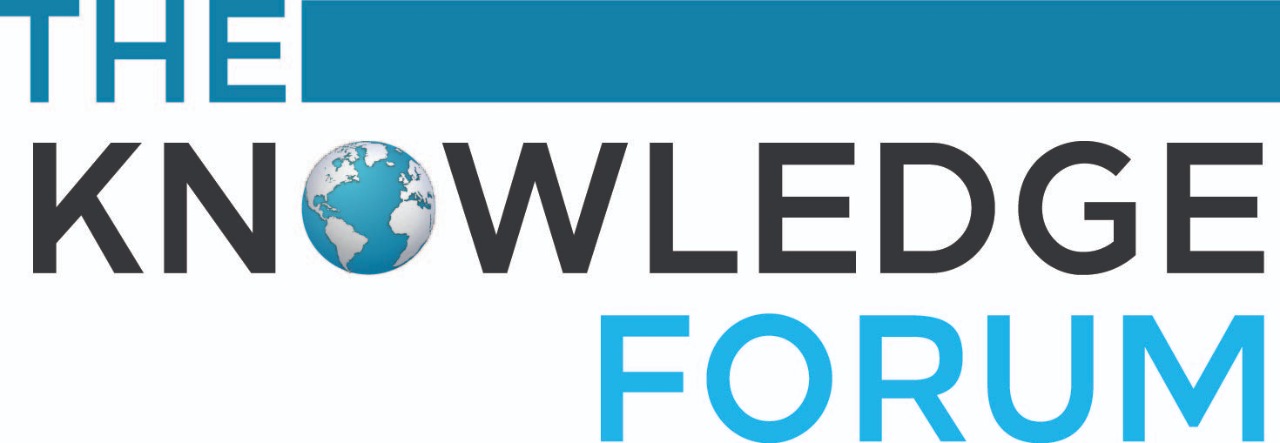Pakistan Bulletin
An up-to-date and informed analysis of key issues of Pakistan.
Glacial Lake Outburst Flood (GLOF) Risk Reduction Policy
August 2023
Due to rising temperatures, glaciers in Pakistan’s northern mountain ranges are melting rapidly. Pakistan’s GLOF-I and II projects have sought to address the risks associated with the hazardous glacial lake outburst flooding. The writer analyses the projects and policies targeting climate change risk reduction.
The project was scaled up in 2018 to GLOF-II, covering up to ten districts. The GLOF-II project aims to provide relief to 29 million people in northern Pakistan. The project, ending in 2025, envisages building of 250 engineering structures including dams, ponds, spillways, tree plantation and drainage. Also, the introduction of 50 weather monitoring stations, 408 river discharge, and 240 water-efficient farming technologies are meant to increase the ability to respond rapidly to glacial lake floods.
Critics point to the absence of civil society organisations in disaster risk reduction and management policy and planning in Pakistan.
The GLOF projects are a part of Pakistan’s disaster risk management system which was initiated after the 2005 earthquake. Since then, Pakistan has come a long way in responding to climate emergencies, with the National Disaster Management Authority (NDMA) established in 2006 and the National Disaster Risk Management Framework (NDRMF) developed in 2007. In 2013, the National Disaster Risk Reduction Policy (NDRRP) was developed under the National Climate Change Policy (NCCP).
The efforts to create an effective framework for climate change adaptation needs to be monitored if these policy initiatives are successful in mitigating climate risk and creating tangible change. There is a lack of mainstream reporting on the implementation process of GLOF-II, making it difficult to assess the effectiveness of the project. However, according to analysts, disaster management projects, such as GLOF, have limited possibilities in reducing risk because they wholly focus upon attaining short-term goals of providing relief through infrastructural development. While providing relief is necessary for climate change effected areas, simply focusing on relief is problematic for two reasons.
Firstly, according to analysts, the policies do not assess the needs of the local populations. When implementing climate risk reduction policies, it is important to assess the needs of the local populations and ensure that climate risk management solutions are appropriate and effective for the communities they are made to benefit, something that GLOF misses. Critics also point to the absence of civil society organisations in disaster risk reduction and management policy and planning in Pakistan. Local organisations have the capacity to penetrate and provide relief in remote areas where the government machinery cannot reach. Hence the inclusion of such local and civil society actors is recommended at all stages of the disaster management cycle. It is essential to activate the community potential and increase community resilience, especially in those areas that are exposed to climate hazards.
Experts point out that adaptation to climate risk through infrastructural development policies are extractive and damaging to the local populations’ land and culture, and prone to intensifying climate change risk. With global temperatures set to shoot further up, local populations in north Pakistan will continue to be victims of climate catastrophe. Glacial flooding has led to mass displacement. Hence it is important that in moving forward, Pakistan should focus on the impacts of disasters on the most vulnerable communities through social protection.
Local organisations have the capacity to penetrate and provide relief in remote areas where the government machinery cannot reach.
Another area that often skips attention but is critical to Pakistan’s climate change challenges is the energy infrastructural projects. The rapid expansion in Pakistan’s energy capacity, following decades of energy shortage has also translated into increased reliance on fossil fuel based energy projects, particularly gas and coal. Pakistan’s continuous investment in coal as an energy option has led to a tremendous increase in the use of coal by the power sector rising up to 45 percent in 2022. Sixty-one percent of Pakistan’s energy mix comprises fossil based fuels.
Policies for reducing climate risk in Pakistan must be created after understanding the nature of the risk to local populations and assessing their vulnerabilities. The policies should address the root cause of the risks and vulnerabilities and translate into a sustainable plan in which the local populations are protected from the risks of climate change.
Shanzeh Afzal
Author
Shanzeh Afzal has a Bachelor's degree in Social Sciences. Her research focuses on issues of climate change in South Asia, particularly through South Asian literary fiction.

Get the latest news and updates from our team
